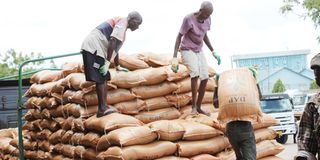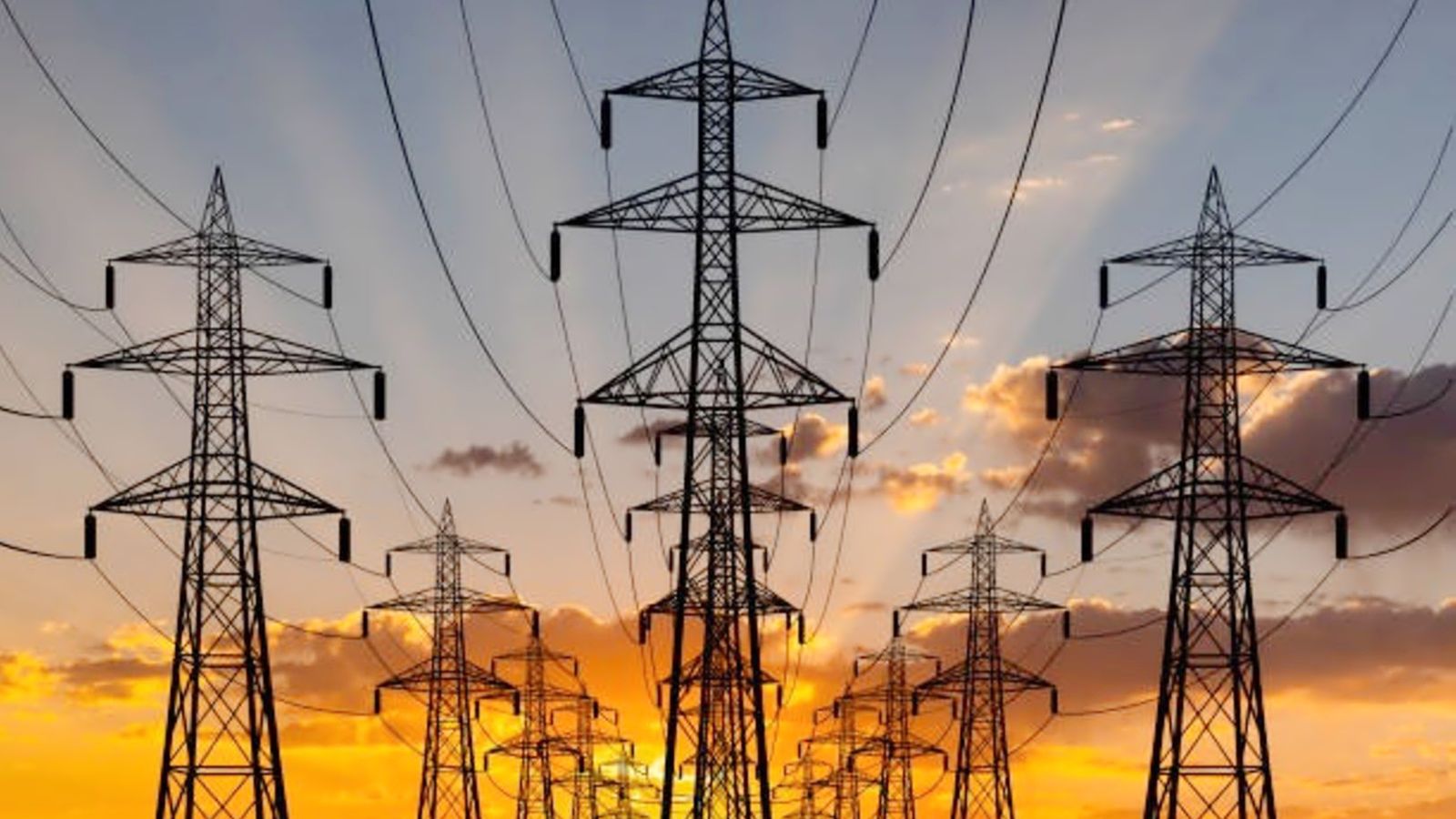Why investors need to consider Tanzania’s fertiliser value chain

Fertiliser is offloaded at a warehouse. The government has outlined seven reasons for investors to consider Tanzania’s fertiliser value chain. PHOTO | FILE
What you need to know:
- Reasons cited include include reliable markets, abundant raw materials, ongoing infrastructure development and growing political will. Others are projected growth in fertiliser uptake among farmers, the presence of credible research institutions and other fertiliser-related services
Dar es Salaam. The government has outlined seven reasons why investors should consider Tanzania’s fertiliser value chain.
These include reliable markets, abundant raw materials, ongoing infrastructure development and growing political will.
Others are projected growth in fertiliser uptake among farmers, the presence of credible research institutions and other fertiliser-related services.
The Tanzania Fertiliser Regulatory Authority (TFRA) made the revelation during a recent meeting that brought together Tanzanian and Russian investors.
The meeting aimed to unlock investment opportunities in the fertiliser value chain and enable the country, region and the world at large to address food security concerns.
TFRA executive director Joel Laurent said investing in Tanzania guarantees investors a reliable market both locally and regionally.
He said the country is strategically positioned, allowing it to benefit from the rapidly growing markets within the East African Community (EAC) and Southern African Development Community (Sadc).
“Tanzania has abundant raw materials required for the manufacture of fertiliser, including 375.1 million tonnes of phosphorus deposits; 57 trillion cubic feet of natural gas deposits, coal, limestone and many others,” he said in a statement read on his behalf by TFRA Eastern Zone manager Daniel Maarifa.
Mr Laurent said the opportunities provide room for investment in the manufacture and blending of fertiliser.
On infrastructure development, Mr Laurent said the country is investing in the construction of roads, standard gauge railway (SGR) as well as modernising its ports.
Infrastructure development would allow for smooth movement of raw materials and fertiliser from ports of entry or manufacturing sites to final destinations, he added.
“The government has also created an enabling environment for investment in all sectors of the economy including the fertiliser value chain,” Mr Laurent said.
Tanzania has forecast growth in fertiliser uptake due to an increase in agricultural activities following the enactment of conducive government policies and measures that have increased the availability of farming inputs.
These include improved seeds, irrigation infrastructure, markets, expanded extension services and increased engagement of financial institutions in order to reduce borrowing rates and enhanced Returns on Fertiliser Investment (ROI).
The TFRA chief said improvement of port efficiency and roads as well as addressing inadequate network of fertiliser dealers were additional reasons.
Regarding the presence of research institutions, including the Tanzania Agriculture Research Institute (Tari), Mr Laurent said they play an important role in conducting studies that are relevant to fertiliser in relation to specific crops and soil.
He added that the presence of other fertiliser-related services creates investment opportunities in the construction of storage facilities, manufacture of packaging materials and transportation.
Fertiliser production trend
Mr Laurent said more than 90 percent of the fertiliser used in Tanzania is imported, noting that only about ten percent is produced locally.
The country’s annual fertiliser demand, he added, ranges from 550,000 tonnes to 850,000 tonnes, with 824,085 tonnes being the highest volume imported during the 2022/23 season.
“Domestic fertiliser utilisation ranges between 400,000 tonnes and 600,000 tonnes a year. The country’s geographical location has also made Tanzania a fertiliser source to neighbouring countries,” he said.
“Annual fertiliser export ranges between 100,000 tonnes and 175,000 tonnes with the potential for further growth. However, domestic fertiliser manufacture remains relatively low.”
According to him, domestic fertiliser manufacture slowly increased in the 2022/23 to 84,696 tonnes from 16,669 tonnes recorded in the 2018/19 season.
Mr Laurent said there is a huge market potential due population growth locally and neighbouring countries, creating higher food demand.
Russian ambassador to Tanzania Andrey Avetisyan called on Russian and Tanzanian businessmen to collaborate in seizing available investment potential in the fertiliser value chain.
“My embassy will increase and strengthen business and trade ties between Russia and Tanzania especially in the fertiliser industry,” he said.
The mobilisation and investment officer from the Tanzania Investment Centre (TIC), Ms Elizabeth Muzo, encouraged Russian investors to invest in fertiliser production, assuring them of a 61-million-strong domestic market and a regional market of 600 million people.




